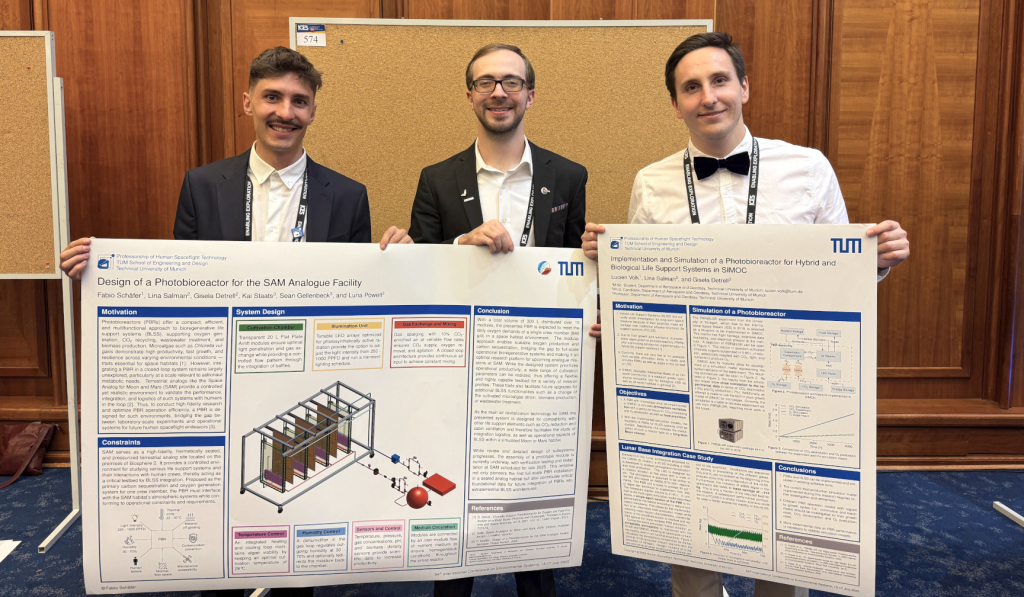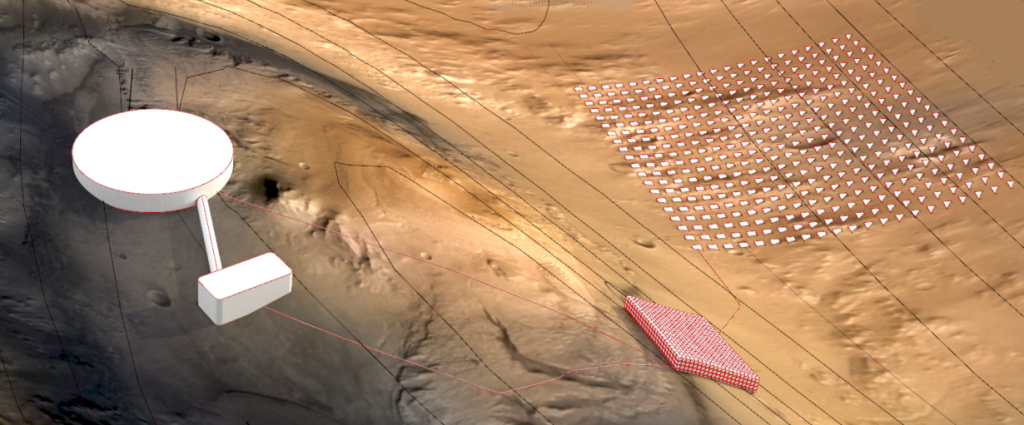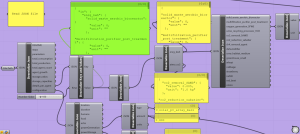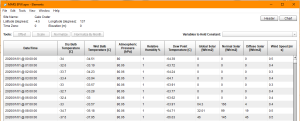SIMOC papers presented at ICES 2025

The International Conference on Environmental Systems (ICES) in Prague offered a great platform to showcase recent achievements in SIMOC and SAM. Griffin Hentzen presented a paper written by Dr. James Knox, NASA veteran, who with the SAM team is designing an advanced CO2 scrubber for integration into the new SAM Experimental Air Revitalization Laborator (EARL), currently in construction. This scrubber will close the air quality management loop in the Environmental Control and Life Support System (ECLSS) of SAM, further increasing mission fidelity during analog inclusions.
Griffin also presented a paper on behalf of Dr. Cameron Smith on the first prototype of a portable, pressurized, emergency shelter for deployment on Mars.
SAM has since the spring of 2024 been working with the Technical University of Munich (TUM), Germany, under Dr. Gisela Detrell, where graduate student Fabio Schäfer is designing a large scale photobioreactor to be installed in the new SAM EARL facility. Fabio presented a poster on how this system will support future bioregenerative atmosphere revitalization research. This project is the first to implement a photobioreactor (algae-based CO2 sequestration) of this scale in an analog facility, opening a multitude of opportunities and research questions to be studied at SAM.
Also from TUM, Lucien Volk shared his progress on a photobioreactor simulation model built in SIMOC. The capability to simulate realistic photobioreactor behavior is important to design robust hybrid and bioregenerative life support systems for future missions to space. This previous article shares details about his work.
As always, ICES was a great opportunity for the SIMOC-SAM and TUM working groups to gather and connect with the greater ECLSS community.
Visit the SIMOC and SAM Publications page to learn more …




